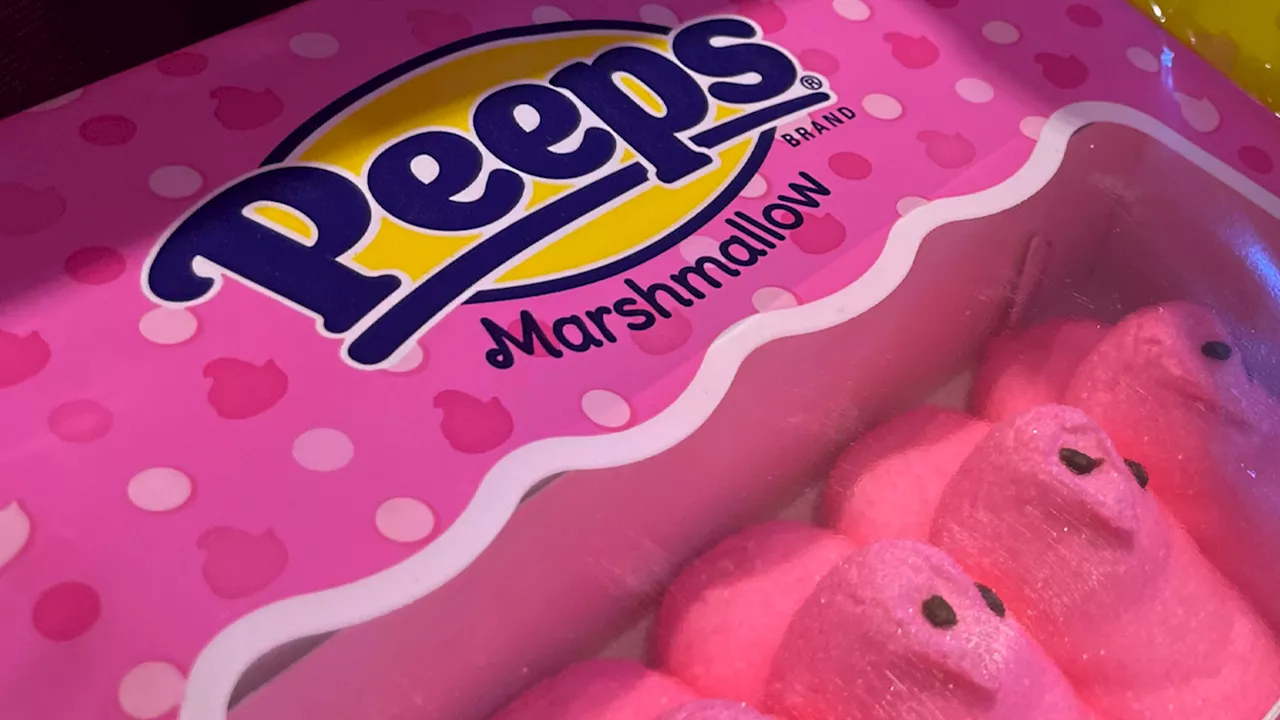The US Food and Drug Administration (FDA) has finally banned the use of red dye No. 3, a synthetic food coloring linked to cancer in animals, in all food and ingested drug products.
The US Food and Drug Administration ( FDA ) has issued a ban on the use of red dye No. 3 in food, beverages, and ingested drugs. This decision comes over 30 years after initial research linked the dye to cancer in animals. The FDA 's action follows a November 2022 petition from advocacy groups like the Center for Science in the Public Interest and the Environmental Working Group, who highlighted the potential cancer risks associated with red dye No. 3.
California had already taken similar action in October 2023, banning the additive. Manufacturers using red No. 3 have until January 15, 2027, for food products and January 18, 2028, for ingested drugs to reformulate their offerings. Imported foods to the US must also comply with these new regulations. \Red dye No. 3, chemically known as erythrosine, is a synthetic color additive derived from petroleum. It is commonly used to impart a bright cherry-red hue to various food and beverage items. The FDA maintains that while there have been repeated assessments of the ingredient's safety since its initial approval in 1969, primarily based on animal trials, there are no conclusive studies establishing a direct link between red dye No. 3 and cancer in humans. The agency states that human exposure levels are typically significantly lower than those causing adverse effects observed in male rats in laboratory settings. \However, critics argue that the Delaney Clause of the Federal Food, Drug, and Cosmetic Act mandates the FDA to prohibit any color additive that has been shown to cause cancer in animals or humans, regardless of the exposure level. They point to studies that have demonstrated a potential link between red dye No. 3 and cancer in animals, as well as concerns about its potential to accelerate tumor growth in the immune system. While the FDA acknowledges the lack of human cancer studies, they emphasize the legal obligation to uphold the Delaney Clause and emphasize the importance of prioritizing public health
FOOD SAFETY RED DYE FDA CANDY HEALTH CONCERNS CANCER
United States Latest News, United States Headlines
Similar News:You can also read news stories similar to this one that we have collected from other news sources.
 FDA Bans Red No. 3 Food Dye Over Cancer ConcernsThe Food and Drug Administration (FDA) has banned the use of Red No. 3, a synthetic dye linked to cancer in animals, in all food and beverages sold in the United States. The ban, effective January 2027, comes after years of advocacy from consumer groups and lawmakers who raised concerns about the dye's potential health risks.
FDA Bans Red No. 3 Food Dye Over Cancer ConcernsThe Food and Drug Administration (FDA) has banned the use of Red No. 3, a synthetic dye linked to cancer in animals, in all food and beverages sold in the United States. The ban, effective January 2027, comes after years of advocacy from consumer groups and lawmakers who raised concerns about the dye's potential health risks.
Read more »
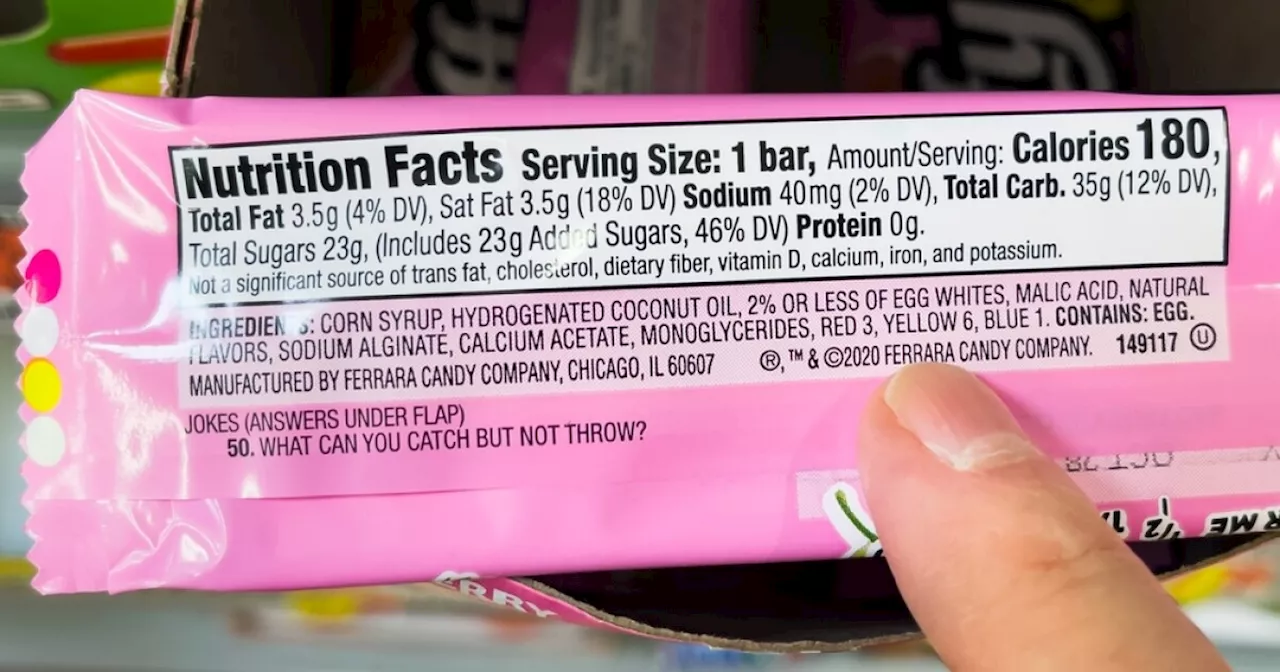 FDA Bans Popular Food Dye Red No. 3 Over Cancer ConcernsThe Food and Drug Administration (FDA) has banned the use of Red No. 3, a common food dye, in food and drugs sold in the US. The decision was made based on studies that showed a link between Red No. 3 and cancer in male rats. While the FDA says that the risk to humans is low, food manufacturers will have two years to reformulate their products to remove the dye.
FDA Bans Popular Food Dye Red No. 3 Over Cancer ConcernsThe Food and Drug Administration (FDA) has banned the use of Red No. 3, a common food dye, in food and drugs sold in the US. The decision was made based on studies that showed a link between Red No. 3 and cancer in male rats. While the FDA says that the risk to humans is low, food manufacturers will have two years to reformulate their products to remove the dye.
Read more »
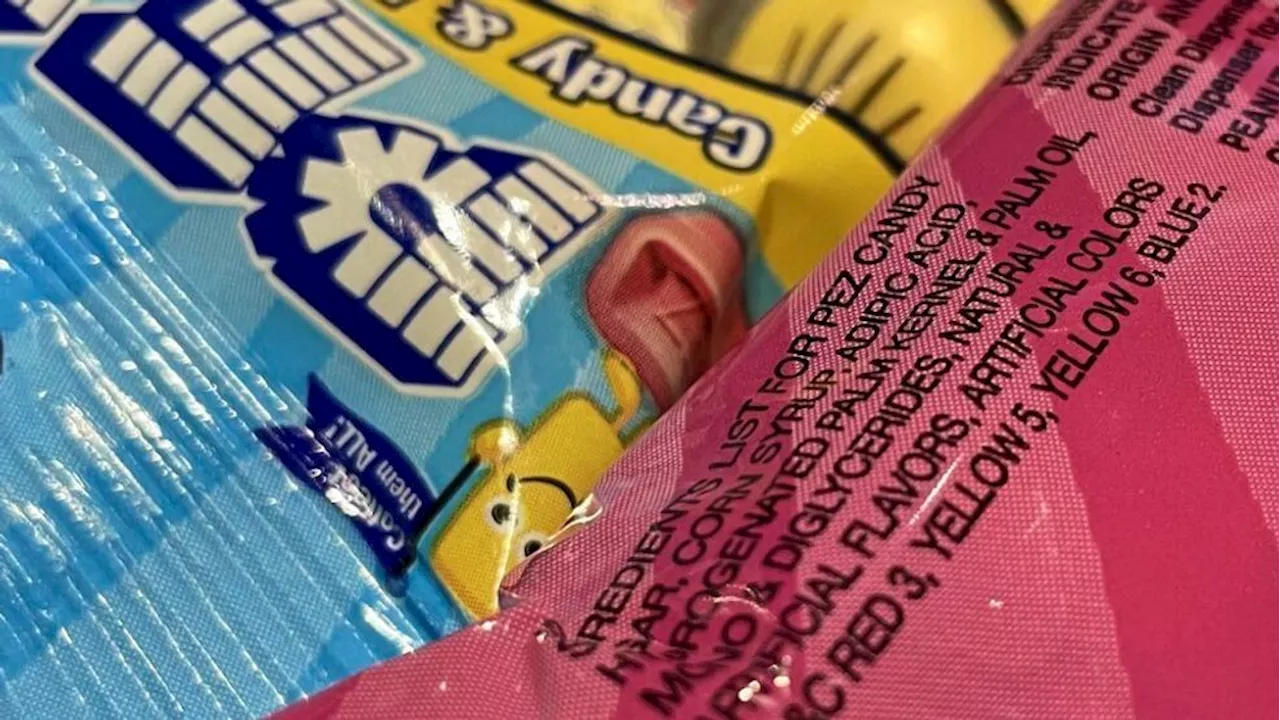 FDA Bans Red Dye No. 3 From Food Supply Over Cancer RiskThe U.S. Food and Drug Administration (FDA) has banned Red 3, a synthetic dye used to give foods a bright red hue, citing potential cancer risks in lab rats. This ban comes nearly 35 years after Red 3 was prohibited from cosmetics due to similar concerns. While the FDA acknowledges that the way Red 3 causes cancer in rats does not apply to humans, the Delaney Clause, a law requiring the ban of any additive found to cause cancer in humans or animals, necessitates this action.
FDA Bans Red Dye No. 3 From Food Supply Over Cancer RiskThe U.S. Food and Drug Administration (FDA) has banned Red 3, a synthetic dye used to give foods a bright red hue, citing potential cancer risks in lab rats. This ban comes nearly 35 years after Red 3 was prohibited from cosmetics due to similar concerns. While the FDA acknowledges that the way Red 3 causes cancer in rats does not apply to humans, the Delaney Clause, a law requiring the ban of any additive found to cause cancer in humans or animals, necessitates this action.
Read more »
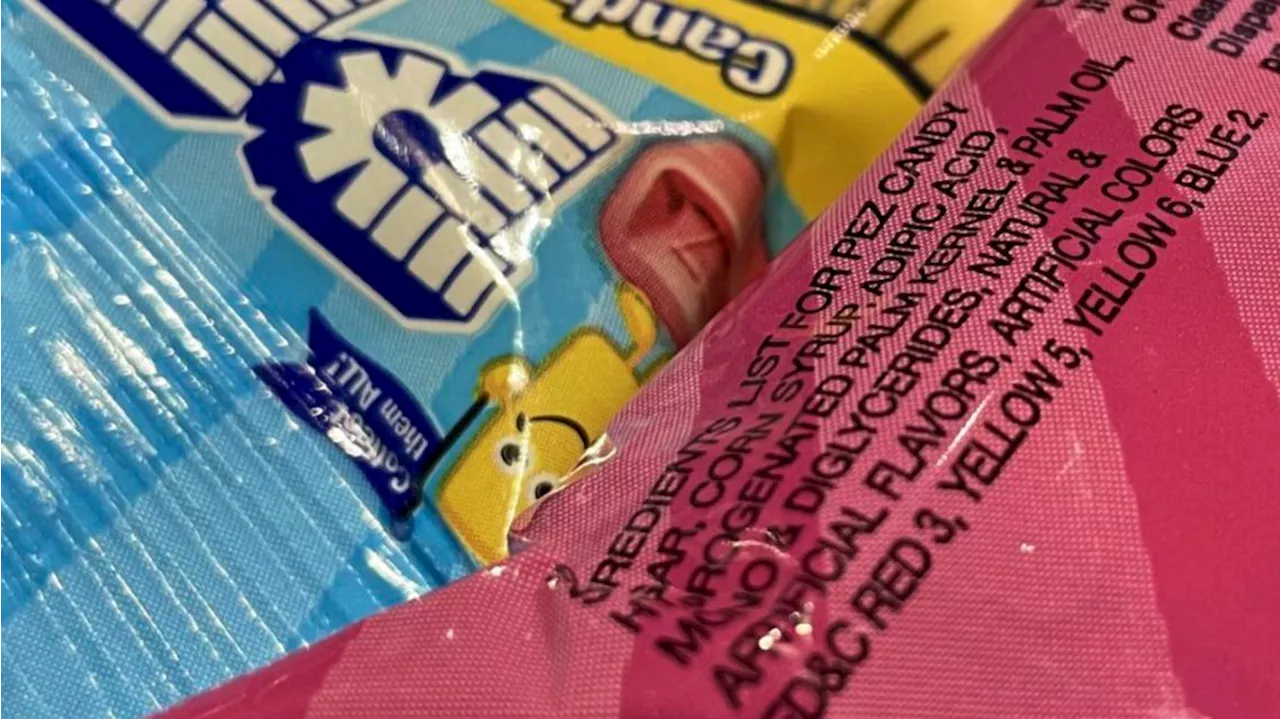 FDA Bans Red Dye No. 3 in Food, Citing Cancer Risk in RatsThe FDA has banned the use of Red Dye No. 3 in food and ingested drugs, citing studies that showed cancer in lab rats. The ban, effective for food manufacturers by January 2027 and drug makers by January 2028, comes after years of pressure from health advocates who argued that the dye poses a risk to human health. While the FDA stated the ban is based on the Delaney Clause, which prohibits additives causing cancer in humans or animals, it acknowledged that the way Red 3 causes cancer in rats doesn't apply to humans. The agency received a petition from two dozen food safety and health advocates in 2022.
FDA Bans Red Dye No. 3 in Food, Citing Cancer Risk in RatsThe FDA has banned the use of Red Dye No. 3 in food and ingested drugs, citing studies that showed cancer in lab rats. The ban, effective for food manufacturers by January 2027 and drug makers by January 2028, comes after years of pressure from health advocates who argued that the dye poses a risk to human health. While the FDA stated the ban is based on the Delaney Clause, which prohibits additives causing cancer in humans or animals, it acknowledged that the way Red 3 causes cancer in rats doesn't apply to humans. The agency received a petition from two dozen food safety and health advocates in 2022.
Read more »
 FDA bans red dye No. 3 from food, drinks and ingested drugs in the USThe move comes nearly 35 years after the dye was barred from cosmetics such as lipsticks because of potential cancer risk.
FDA bans red dye No. 3 from food, drinks and ingested drugs in the USThe move comes nearly 35 years after the dye was barred from cosmetics such as lipsticks because of potential cancer risk.
Read more »
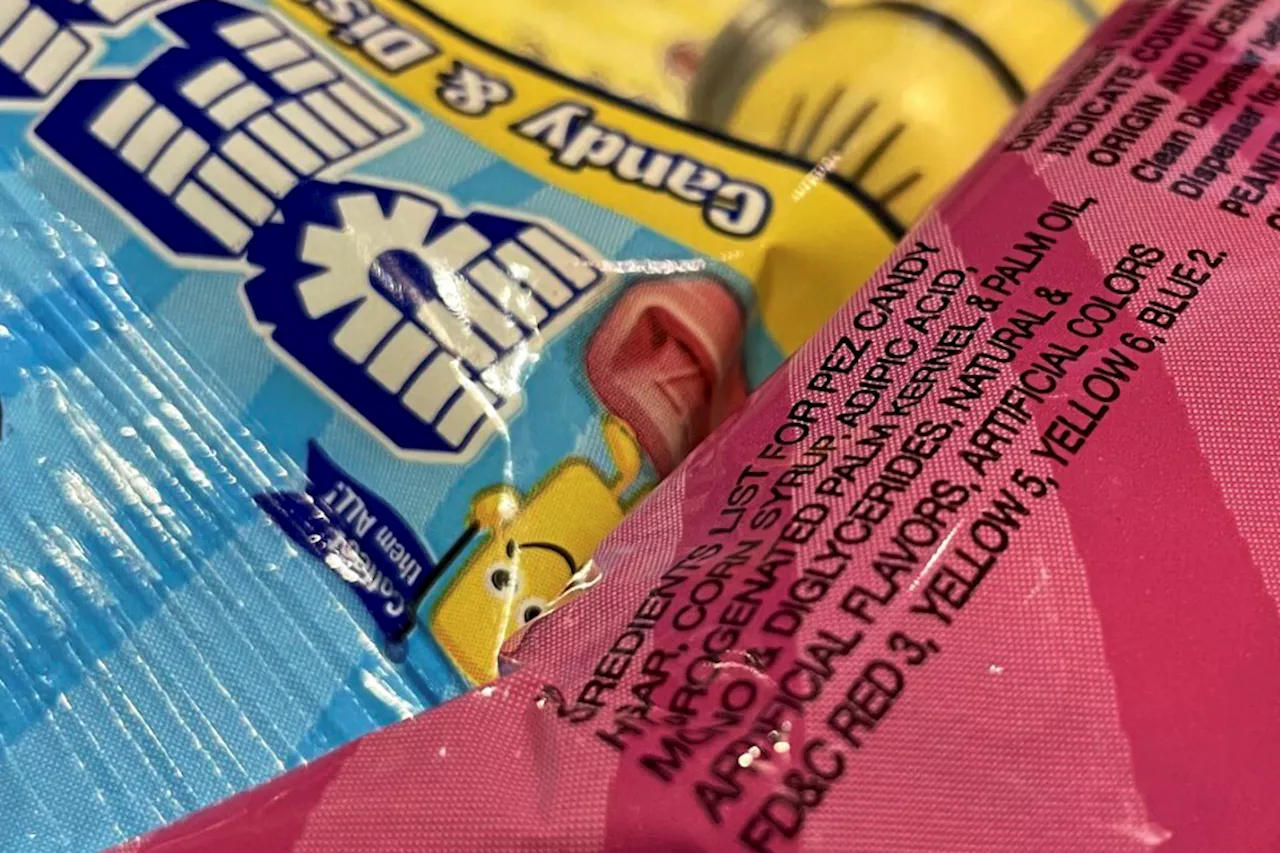 FDA bans Red No. 3, artificial coloring used in beverages, candy and other foodsEvidence shows that the synthetic dye can cause cancer in lab animals.
FDA bans Red No. 3, artificial coloring used in beverages, candy and other foodsEvidence shows that the synthetic dye can cause cancer in lab animals.
Read more »
